How to Make Wild Bilberry Jam
A sweet summer treat
I’ve been neglecting my Substack again - sorry! Summer is just so insanely busy, and between kids’ birthday parties, evenings at the pub and attempting to be productive in the sweltering heat, it’s been nice to have time away from my screen after submitting my latest book last month (exciting). Most of our spare time as a family has been spent walking or riding the bikes, looking for bugs and flowers, and earlier in July we also went bilberry picking for the first time!
Bilberries are basically smaller, tarter versions of blueberries; the former are native to Europe and the latter to America. They thrive in acidic, low-nutrient soils, first appearing in early summer as pink, bell-shaped flowers, ripening through late summer and early autumn into small, dark berries.
Foraging them is definitely a labour of love. They are tiny and not very densely clustered on the branches, so in the two hours we spent gathering them, we only managed to collect enough for one jar of jam and one dish of crumble. Needless to say, the kids contributed exactly zero bilberries to the tub and just ate them all instead. You can envision the state of their hands, sleeves and faces by the end.
The dogs ate a few, too. Pablo’s usual preference is blackberries straight off the branches, but he was just happy to be out and about after he was bitten by an adder a few weeks ago. His whole leg swelled up but fortunately we got him to the vet before it spread past his hock, so he didn’t need any anti-venom - just an overnight stay at the vets and lots of love. He’s back to normal now but we’re steering clear of heathland on hot, sunny days just in case, as adders love basking in the sunshine.
When we got home, we made bilberry and rhubarb jam and it was so delicious, I saved most of it to enter into our local flower show next month. We also made a dish of bilberry and rhubarb crumble, served with a dollop of Greek yoghurt because we’d run out of cream. This was the recipe we used for the jam, which you can adjust for however many bilberries you manage to gather. You can also swap in blueberries if you have a garden glut:
Wild Bilberry Jam
1 part bilberries
1 part rhubarb, sliced
Big squeeze of lemon juice
1 part white sugar
Add the bilberries, sliced rhubarb and lemon juice to a large pot and cook over a medium heat for 5-10 minutes until softened. Use a potato masher to gently mash the fruit, then add the sugar and continue to boil over a medium to high heat for an additional 20-25 minutes until it is gloopy and jammy. Spoon the jam into sterilised jars and allow to cool slightly before securing the lid.
Rich in nutrients and antioxidants, bilberries have been used in traditional European medicine for hundreds of years. They are a good source of anthocyanins, which may help reduce inflammation, lower blood sugar and improve heart health. They may also improve eye health and function, including helping with eye fatigue and strain, headaches, shoulder tension and blurred vision. Bilberries are safe in small amounts but the leaves are toxic in high doses and should not be consumed. The berries are also rich in vitamin K so may interfere with conventional blood-thinning medicines.
Bilberries are one of the species I included in my latest book Concise Medicinal Plants (Bloomsbury, 2025) - a pocket-sized companion to help you identify healing plants in the UK and northern Europe and learn how to use them. Each species entry includes basic information on where to find each plant, their medicinal uses and details on their toxicity and potential side effects. You can treat yourself to a copy in all good bookshops - my favourite is Bookshop.org or your local independent bookshop.


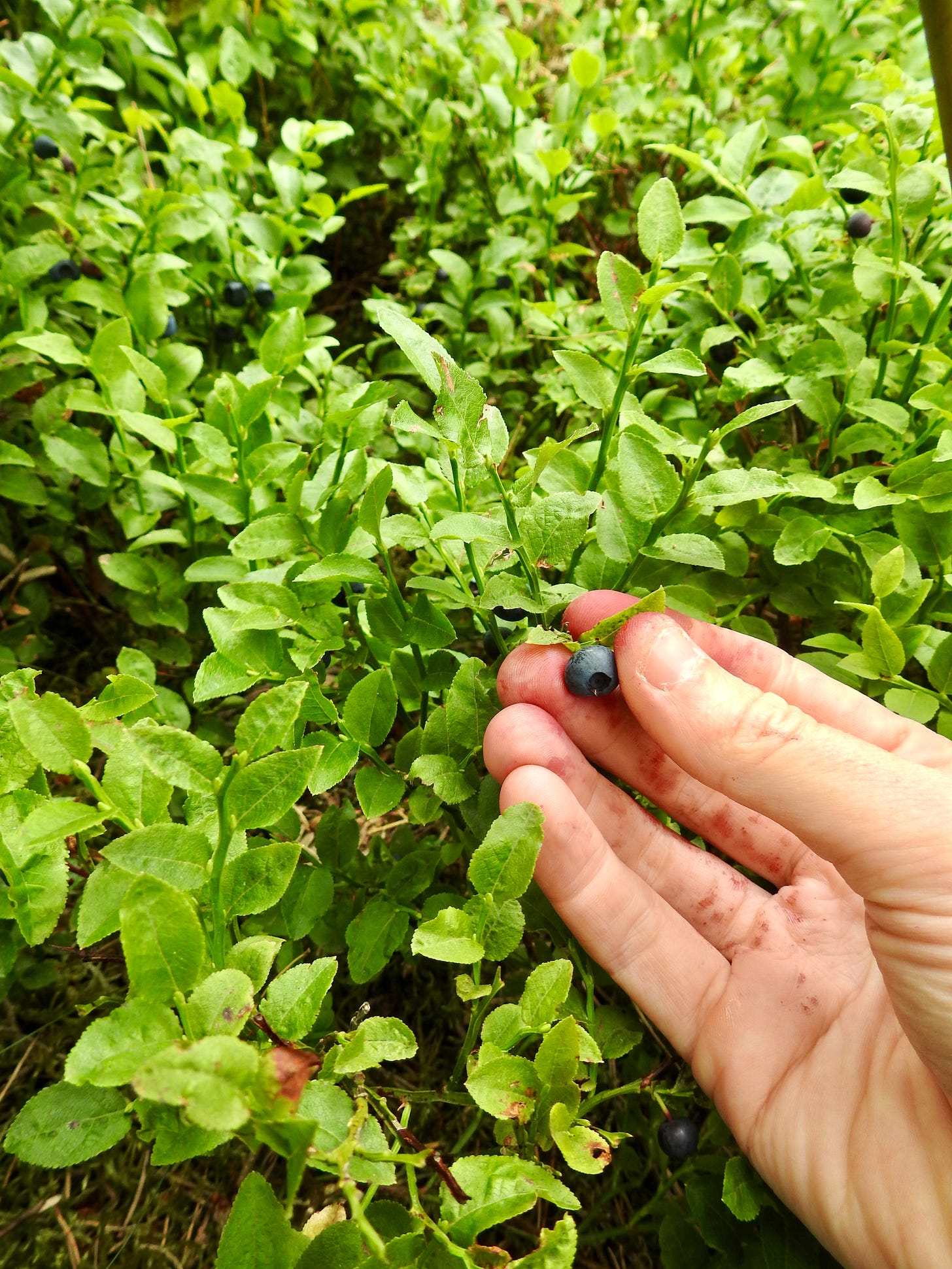
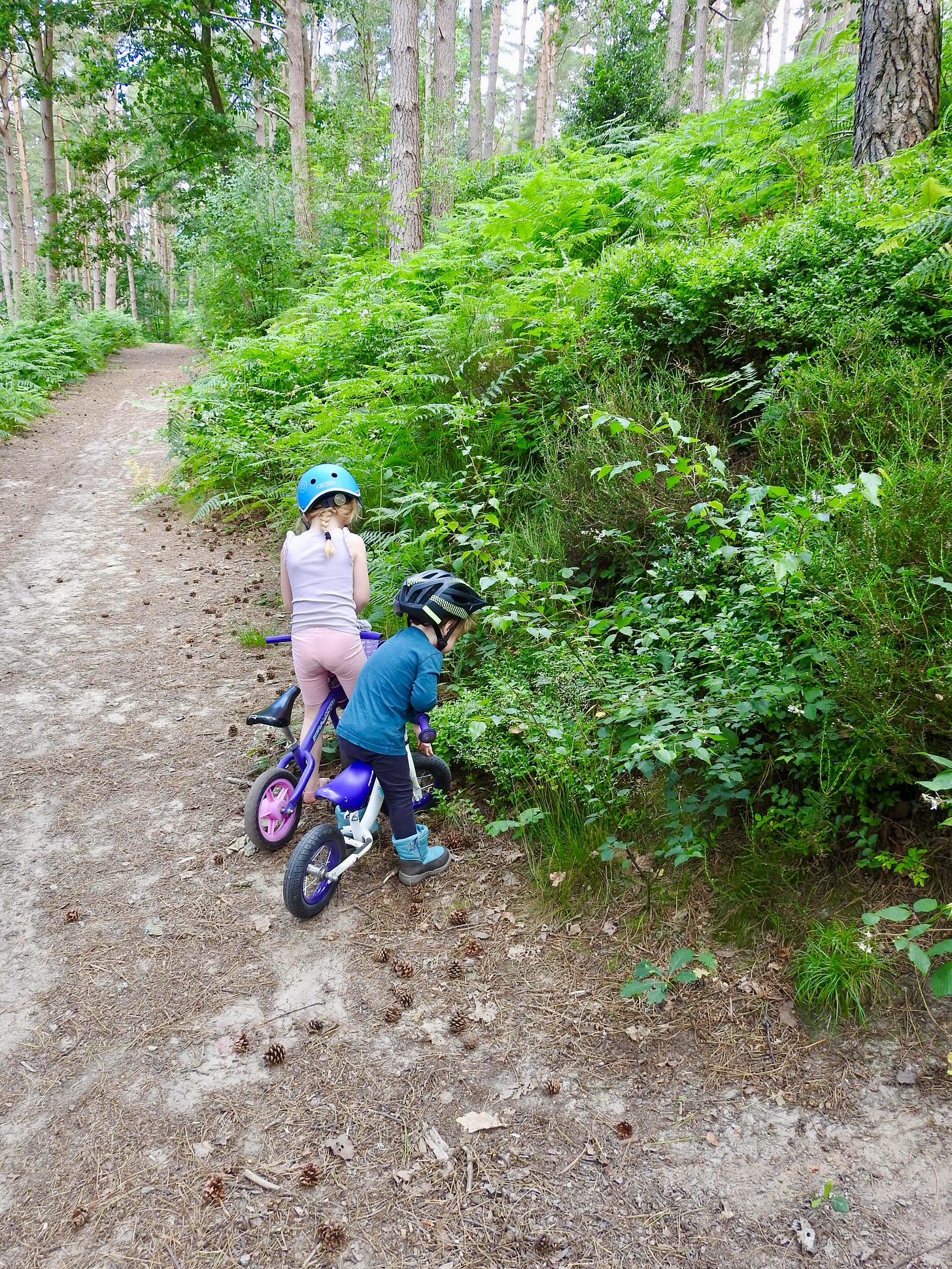

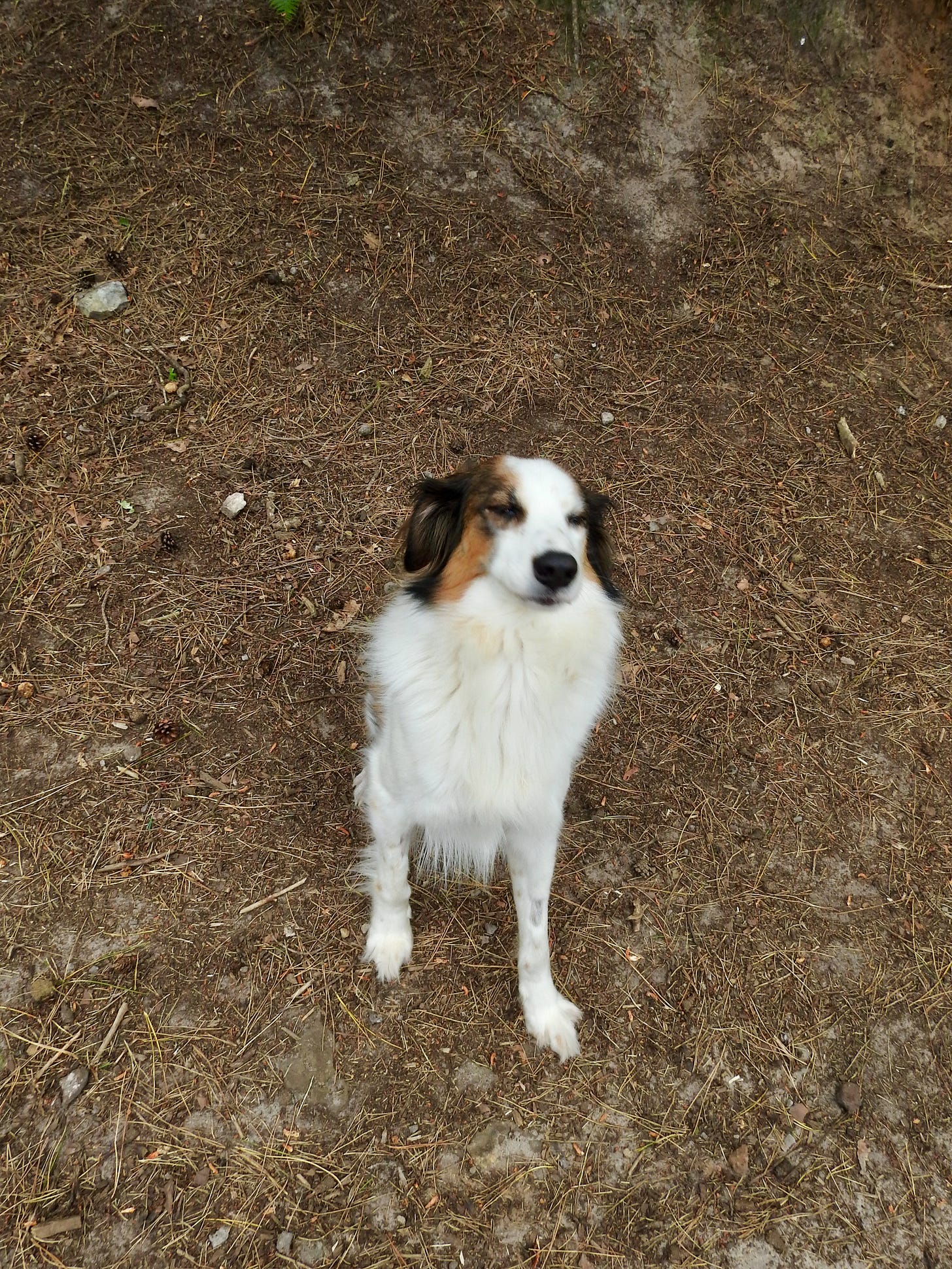
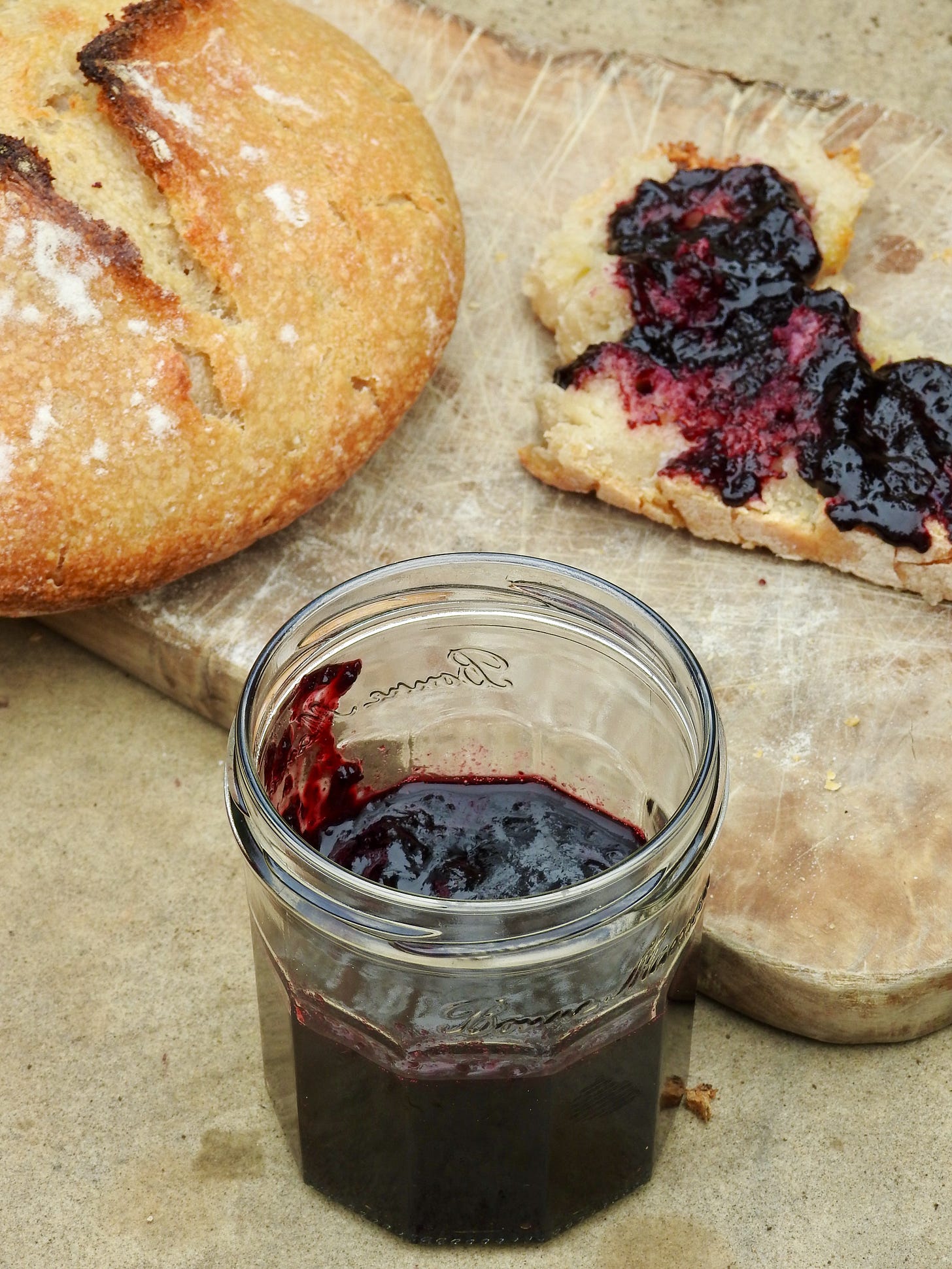
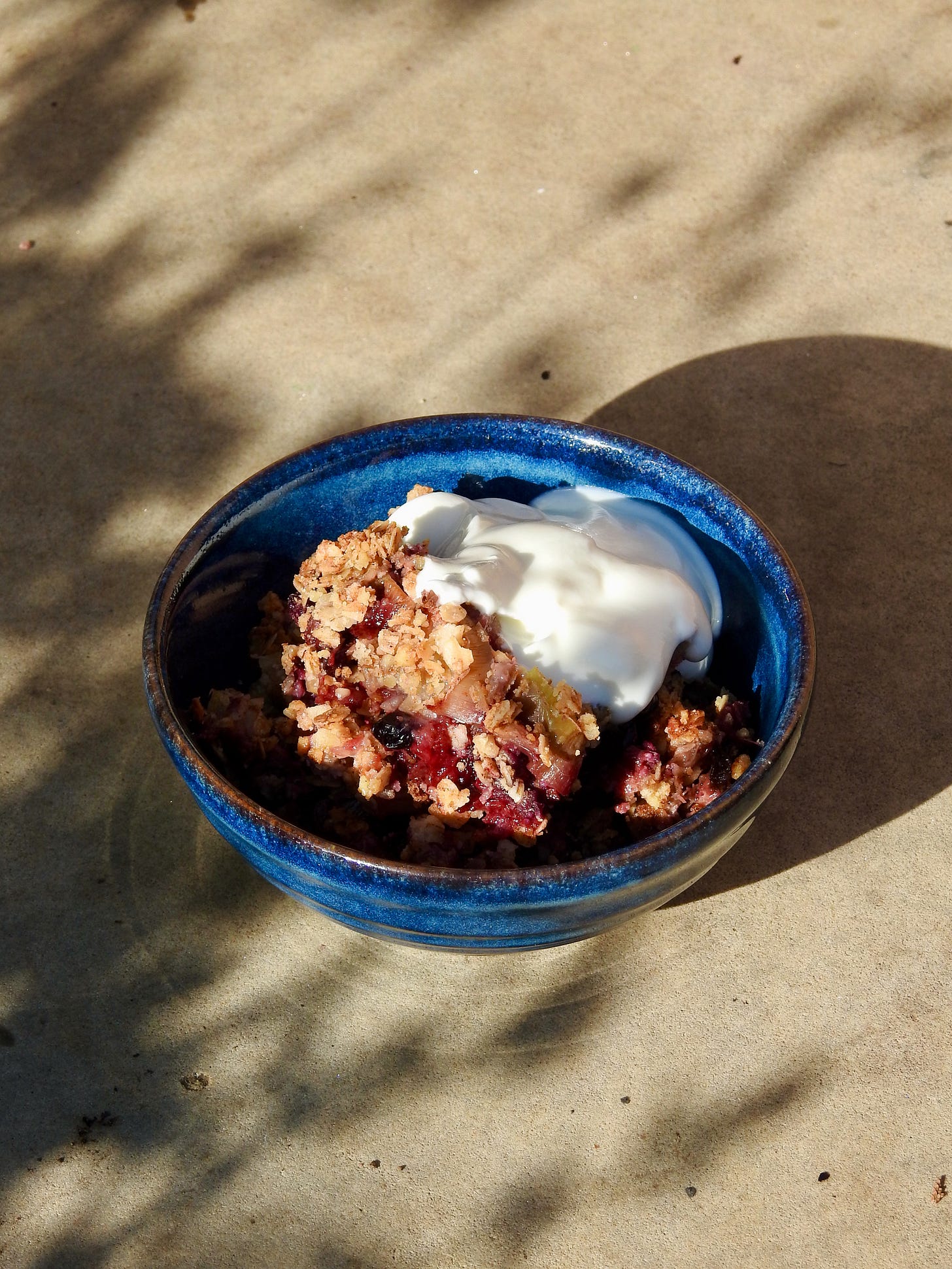
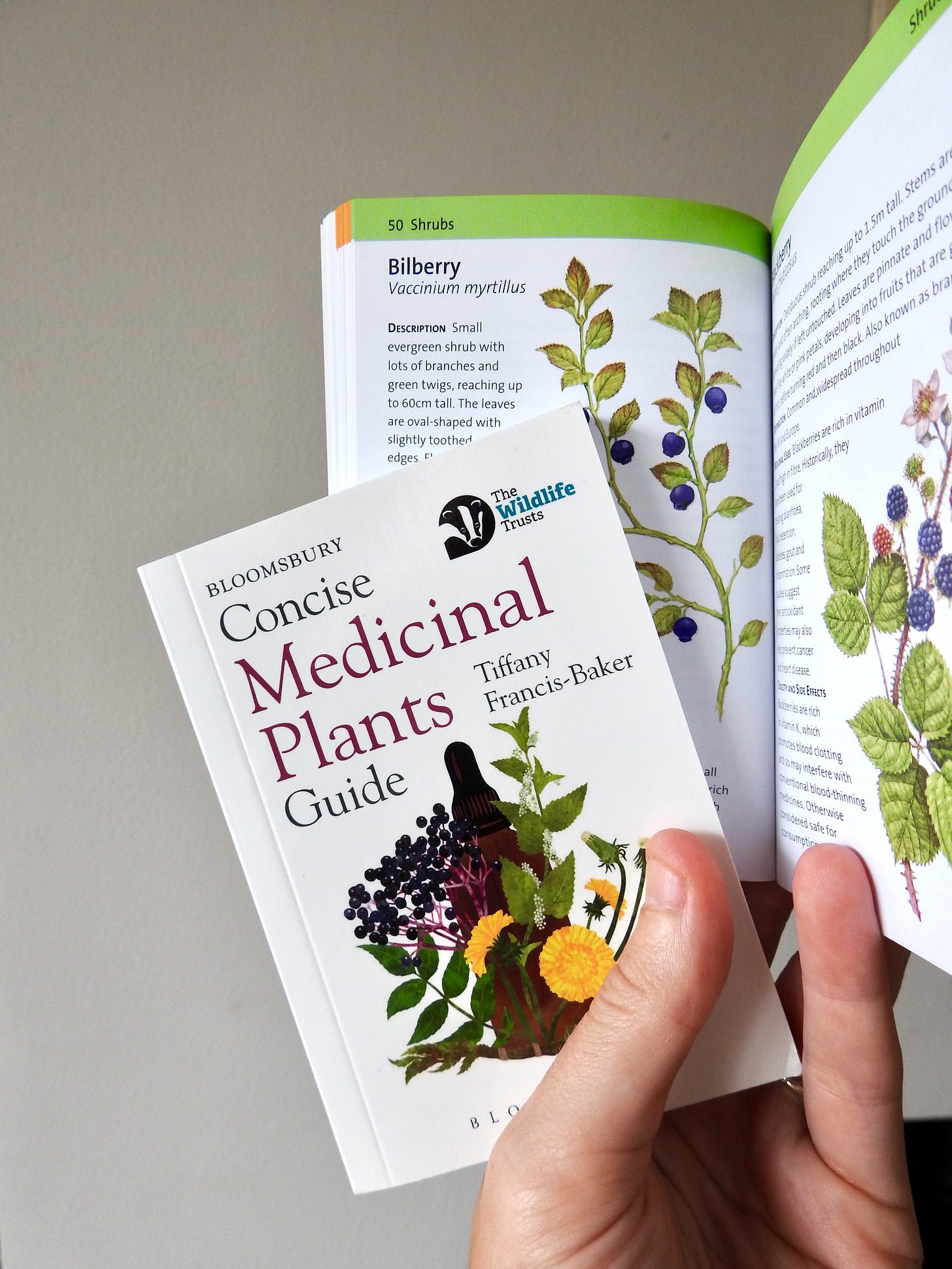

Step 1: don’t put the berries straight into your mouth whilst picking!
We never get to step 2! Admire anyone who does 🤣
Wonderful! I'm not sure I've ever seen a bilberry in the UK. I shall need to keep an eye out!